What Exactly Is This Lingjin in Ancient Costume Dramas?

In the ancient hanfu costume drama The Demon Hunter’s Romance, Duan Banxia, played by Song Zuer, often appears with a short shawl. It looks like a pibo draped over the shoulders, but the way it’s knotted at the chest makes it resemble the scarves we wear nowadays. Has anyone thought that it’s a pibo with a knot tied at the chest? In fact, it’s quite easy to see that the pibo and this accessory have similar functions.
I. What is a Lingjin?
This item is called a lingjin. Similar ways of wearing it can be seen during the Southern and Northern Dynasties period. It became even more popular during the late Tang Dynasty, the Five Dynasties period, and the Northern Song Dynasty. It should be a style extended from the pibo (a kind of silk scarf draped over the shoulders) or peizi (a type of outer garment). In fact, it is shorter and wider than the pibo. It is mainly used to wrap around the neck, keep out the cold, and match with clothes.
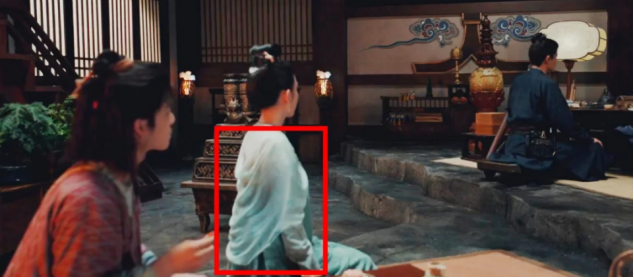
The lingjin is short in length, draped over the shoulders and back, and tied in front of the chest. Its two ends are narrow, and the middle part is wide. Compared with the pibo, it is shorter and wider. If the pibo is a long and narrow rectangle, then the lingjin may be a rectangle that is slightly like a square.
In the painting Northern Qi Scholars Collating Classic Texts (which depicts the scene of the “editorial department” in the Northern Qi Dynasty about 1500 years ago), the style of the lingjin’s tie worn by the ladies of the Northern and Southern Dynasties can be seen. At that time, the peizi already existed, and it was commonly in the style of being “short and wide”, which is very similar to the lingjin we see later. Here is some popular science: the goose-egg-shaped object, the “yin nang (隐囊)”, held by the maid on the right is equivalent to today’s throw pillow.

During the Wu Zhou period and after, a type of wide traditional Chinese outfit peizi similar to the modern one had already appeared. It is longer than that of the Northern and Southern Dynasties. Generally, it is draped over the upper body.
Just like the way the figures in the above mural are dressed, it is usually looped around the neck and overlapped in front of the chest, with some parts extending and covering the arms. It is somewhat like the shawls we have nowadays, but at that time, people mainly called it “peizi”.
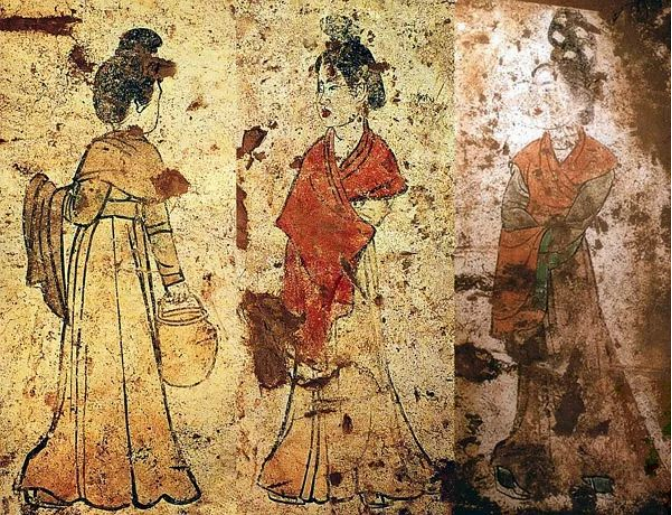
The silk scarves that Chinese women can’t bear to part with throughout their lives can be seen both in the murals of ancient women and in modern times. The elder ladies who are immersed in the beautiful scenery wear the silk scarves around their chests in similar ways, either crossing them or letting them hang down naturally. Perhaps these silk scarves have their own unique charm.
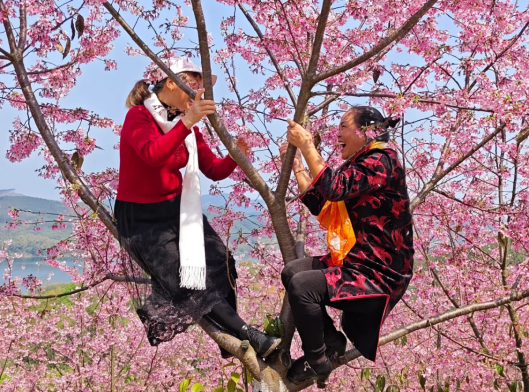
II. The Lingjin Family
The lingjin is perhaps closer to the face, so in the writings of scholars, it evokes a sense of romantic reverie. According to Youyang Zazu written by Duan Chengshi in the Tang Dynasty, “In summer, the emperor played chess with the princes. He ordered He Huaizhi to play the pipa alone, and Concubine Yang stood in front of the chessboard and watched…. At that time, the wind blew Concubine Yang’s lingjin onto He Huaizhi’s headscarf.” Every single word and sentence embodies the kind of reserved and subtle beauty that Chinese people particularly favor. 😘
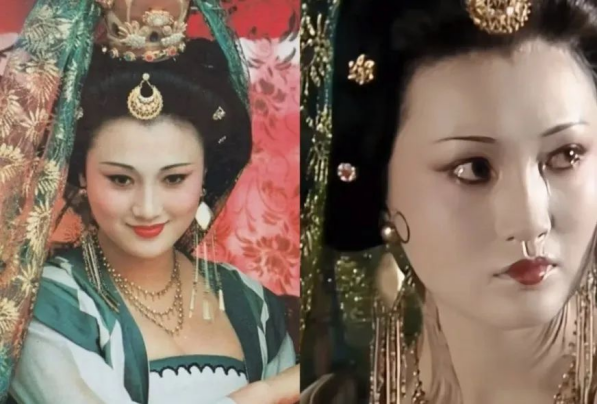
During the late Tang Dynasty, the Five Dynasties period, and the Northern Song Dynasty, words such as “ritual scarf”, and “order scarf” were commonly seen. For example, “gold-pasted ritual scarf”, “silver-mud ritual scarf”, “white small silk lingjin”, and “lightly embroidered order scarf”. From these, we can tell about their craftsmanship and materials.
For instance, “ling” is a relatively light silk fabric. “Gold-pasted”, “embroidered”, and “silver-mud” refer to the techniques of patterns on the fabric. Such lingjin often appears with a skirt and blouse or gorgeous ceremonial clothes. They all belong to the category of peizi-style clothing, and the main distinction lies in their lengths and sizes.
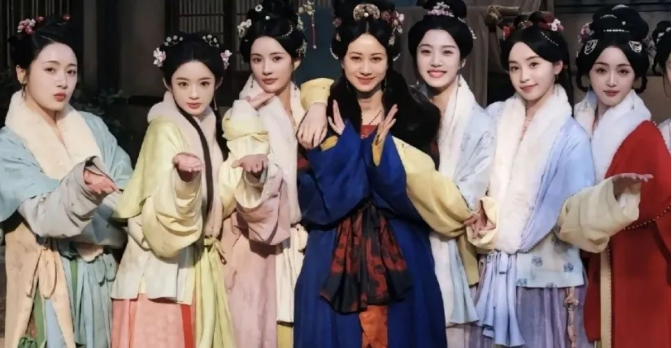
From the paintings, we can see that the shapes similar to the “lingjin” are rectangular and square. They are generally wrapped around the neck, tied in a knot at the chest or draped, which is somewhat similar to the way we tie scarves nowadays.
I guess that the “lingjin” in these paintings should be rectangular in shape. It may inherit the characteristics of the pibo worn by people in the early Tang Dynasty. Its features are that it is long and wide. It can not only wrap around the neck, but the extended part can also cover the abdomen.

Looking at it this way, it really looks quite similar to the red scarves worn by Chinese primary school students on their chests. It has to be said that the aesthetic taste of Chinese people has remained unchanged over thousands of years.

As for the “xiangpa (项帕)”, it may inherit the characteristics of the “guopa (裹帕)”. It is short and square in shape. It is wrapped around the front of the neck and tied with a knot or a string. Since it is square, it forms a triangular shape at the back, and it covers less of the shoulders.
The “lingjin” recorded in the historical and literary records of the Song Dynasty also has a similar charm. For example, in Chen Yunping’s Zui Taoyuan from the Song Dynasty, it is written, “The jade pendants are small, and the lingjin is slanted.
The hair is as black as green clouds and is styled in two buns.” From the paintings of ladies by Tang Bohu, we can see the style of the lingjin that is draped in the front with a symmetrical opening. It is tied with a string at the chest, and different patterns are decorated on the beizi, which has a unique charm.
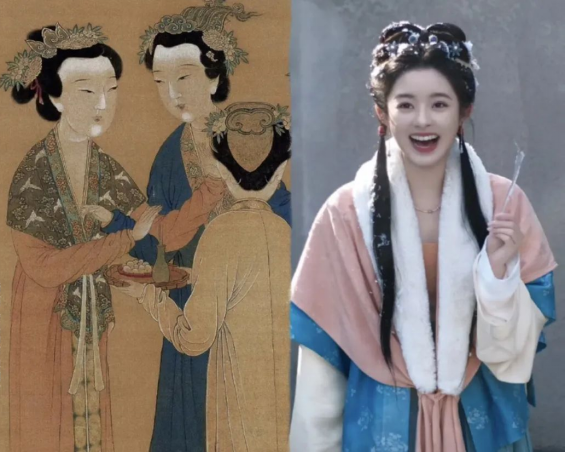
This kind of lingjin can also be matched with military uniforms. For instance, it often appears in ancient costume dramas set in a certain era. It is usually used as an accessory for the image of female generals. Besides, it can also be seen on some soldiers.
In ancient military uniforms, the “scarf” can be used on hats or worn around the neck, just with different names. This kind of scarf often appears on lower-ranking officers and soldiers. Firstly, it is used to distinguish identities and ranks, and secondly, it is used to protect the collars and block wind and sand.


Summary
Nowadays, we often use lingjin as a fashionable hanfu accessory. The key is that there are many ways to wear it, and it can be easily paired with various outfits! Think about it, this kind of item has been around since a long time ago in our ancestors’ time. It can really be considered quite ahead of its time.
It’s just that this kind of lingjin rarely appears in ancient costume dramas. Instead, pibo is more commonly seen. In an air-conditioned room during summer, it would be a perfect match if you drape such a lingjin over your body!
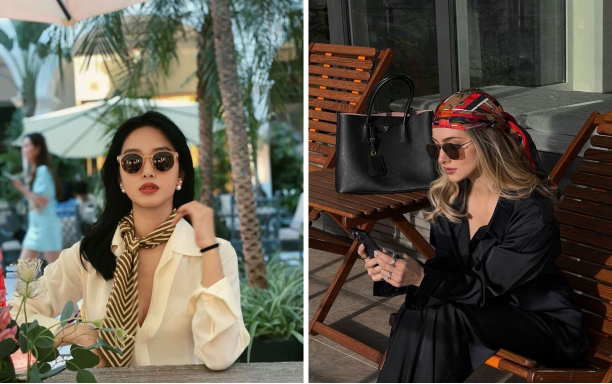
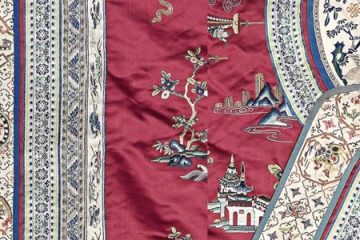
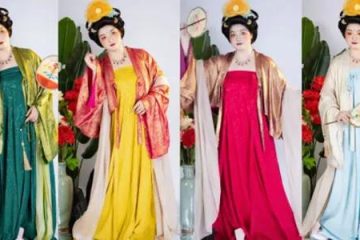
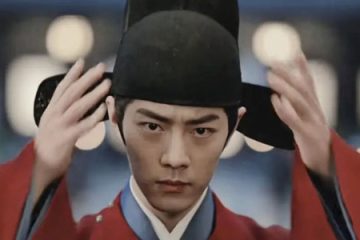
0 Comments